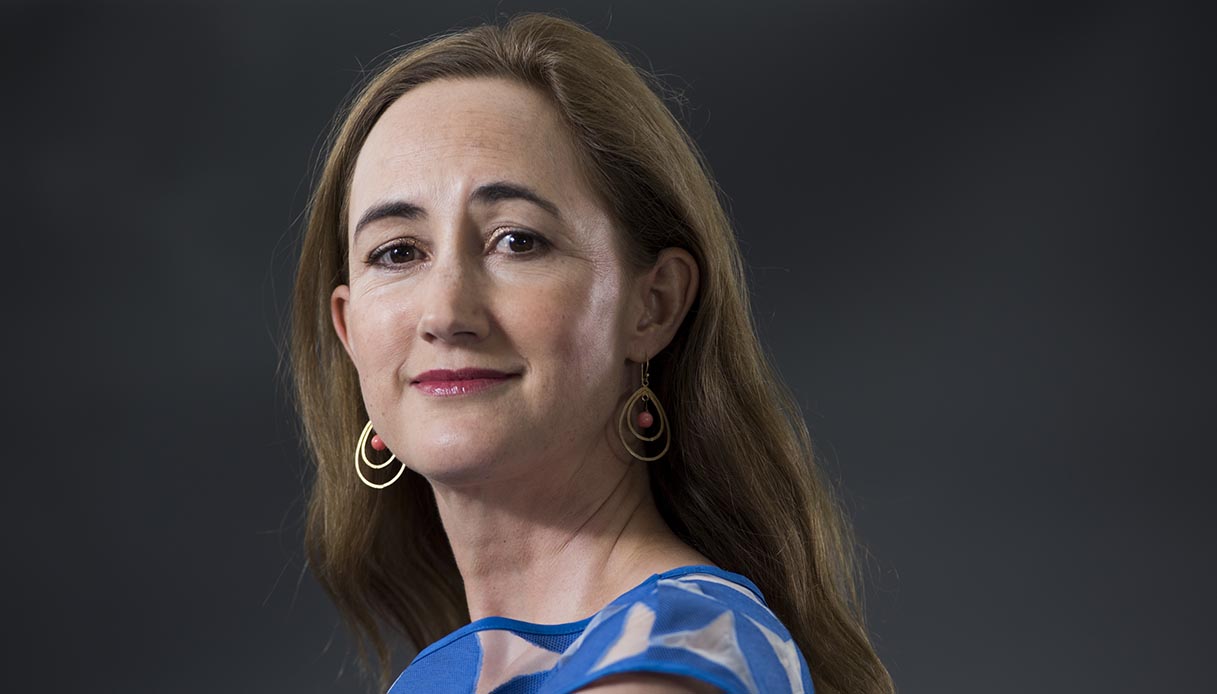Sophie Kinsellathe well-known and beloved author of, among others I love shoppingbroke the silence about his illness, announced that he was being treated for a cancer to the brain. The English writer who has sold millions of copies on social media spoke about the glioblastoma which she was diagnosed with at the end of 2022 and for which she is still being treated. What it is, why cell phones are blamed: the interview with Saverio Cinieri, president of the Italian Association of Medical Oncology Foundation (AIOM), speaking to Virgilio Notizie.
Sophie Kinsella’s announcement on glioblastoma
Talking about glioblastoma it was the same writer.
Sui social, in fact, Sophie Kinsella said that:
“I have long wanted to update you on my health and have been waiting for the strength to do so. I was diagnosed with glioblastoma, an aggressive form of brain cancer. I didn’t share this before because I wanted to make sure my kids were able to hear and process the news in privacy and adjust to our ‘new normal.’
The interview with Saverio Cinieri
What type of tumor is glioblastoma?
“It’s a brain tumor, which has that as its therapy of choice surgical. Once diagnosed, therefore, we proceed with theremoval. The standard treatment, once the mass has been removed, involves simultaneous radiotherapy and chemotherapy, in tablets. Then we proceed with checks over time.”
What are the critical issues in this type of oncological disease?
“They could be represented by the fact that It is not always possible to completely remove the tumor mass. If residues remain, we try to intervene precisely with radio e chemotherapy to keep the situation under control. Unfortunately the risk of relapse remains”.
What impact does this oncological form have?
“It must be said that this is the most common of all brain tumors and unfortunately it is also increasing in Italy. Until a few years ago it was considered one illness rara, but the numbers are growing. To date it has an incidence of 3-4 cases per 100 thousand inhabitants. The incidence regarding age is also changing.”
Saverio Cinieri, AIOM president
Which is most at risk?
Maybe you might be interested The writer Sophie Kinsella has a brain tumor, chemotherapy after the operation: announcement on Instagram
The writer Sophie Kinsella revealed via social media that she has a brain tumor and is undergoing cycles of chemotherapy
“The average age of onset is still considered between 45 and 70 years old, with a prevalence just after the age of 50. But, in fact, the data indicates some changes underway, with cases even before this range”.
What are the causes? There are those who hypothesize that massive use of smartphones near the ear may be linked to a greater incidence…
“That it is certainly connected to exposure to emissions from smartphones it is not confirmed. Instead, she was in a relationship radiation ionizing, such as those caused, for example, by accidents nuclear. Or to exposure to radiotherapy treatments or some chemicals like i pesticides. Electromagnetic pollution, however, is not currently confirmed among the possible causes.”
Is research also improving from this point of view?
“Yes of course. In parallel with the increase in incidence, research interest is also growing. For example, today we know that in a range between 5% and 10% one seems to have an impact genetic predisposition. This is important in developing knowledge about this pathology.”
Is there any news on the treatment front?
“Unfortunately it is defined as one orphan diseasein the sense we have few medications available. However, it must be said that research has contributed recently, with an innovative drug, a monoclonal antibody, which is also used in other pathologies. It was tested for the first time in Padua, with positive results.”
How and when is it used?
“It is a so-called drug second line, which can be used when the disease is complex to manage and after refractoriness or relapses. Has obtained authorization from theEuropean Medicines Agency (Ema), and has also obtained the green light in Italy, having been in use for about a couple of years.”
What are the new frontiers?
“The objective remains to be able to have target drugs, therefore made in such a way as to hit the target in a targeted, specific way. Italian research is working hard on this.”
Are there specific symptoms to recognize the disease early?
“The symptoms are nonspecific, Unfortunately. They can understand the loss of balance, memory or difficulty speaking and walking. They are due to the fact that our brain is enclosed in the skull cap and, in case of the presence of one massa which compresses, can give rise to ischemic phenomena o hemorrhagic-cerebral, which however are also compatible with other anomalous situations at the brain level. A CT scan and or an MRI can shed light on the causes of these symptoms.”
Photo font: Getty
